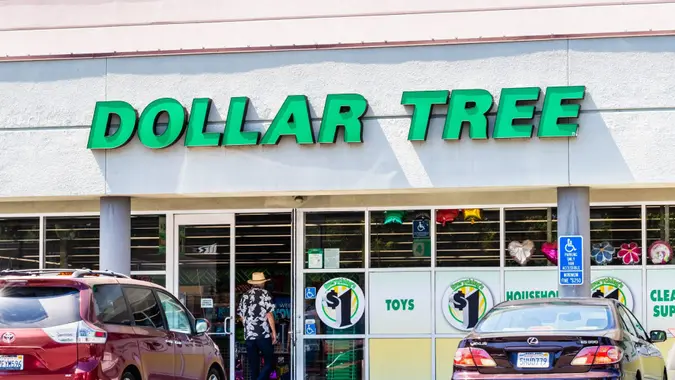Free College? Here’s How High School Students Are Getting Two Years of Credit Without Paying Tuition

Commitment to Our Readers
GOBankingRates' editorial team is committed to bringing you unbiased reviews and information. We use data-driven methodologies to evaluate financial products and services - our reviews and ratings are not influenced by advertisers. You can read more about our editorial guidelines and our products and services review methodology.

20 Years
Helping You Live Richer

Reviewed
by Experts

Trusted by
Millions of Readers
College tuition prices keep rising, but high schoolers can cut back on the cost of a degree even before they graduate. Through dual enrollment, high school students can complete college-level coursework and cut borrowing costs in half.
It’s a very smart way to start your higher education,” Martha Parham, senior vice president of public relations at the American Association of Community Colleges, said to CNBC. “They’re basically getting two years of college for free.”
Dual enrollment is a state-run program that often works with a local community college, and a 2017 study from the Community College Research Center at Columbia University found that most students are from low- or middle-income families, CNBC reported. Of those students, 88% continued on to college after high school and earned a degree within six years.
And more students are taking advantage of this college savings strategy. According to a report by the National Student Clearinghouse Research Center, there’s been a 12.8% increase in dual enrollment since 2022, CNBC reported. Although not every dual enrollment student graduates high school with an associate’s degree, CNBC pointed out that most finish with at least one year of college credit, which allows them to enter college as a transfer student.
Dual enrollment requirements vary by state. Many states offer dual credit classes to high school juniors and seniors at the student’s high school, online or at a local community college, Saving For College reported. Some states allow even younger students to take dual enrollment classes.
High school students in certain states must have a minimum GPA to participate in dual enrollment, typically at least a 3.0, and in many states, students must provide a letter of recommendation from a teacher, principal, coach or other staff member. Other eligibility requirements include parent permission, college course prerequisites, minimum ACT or SAT scores and entrance requirements set by the college.
Dual credit courses typically cost between $0 and $400, depending on your state, according to Pearson and as reported by Saving for College. This is significantly less than the cost of a traditional college class. Costs may even be covered by the state, the student’s high school district or the student’s parents.
 Written by
Written by 
























